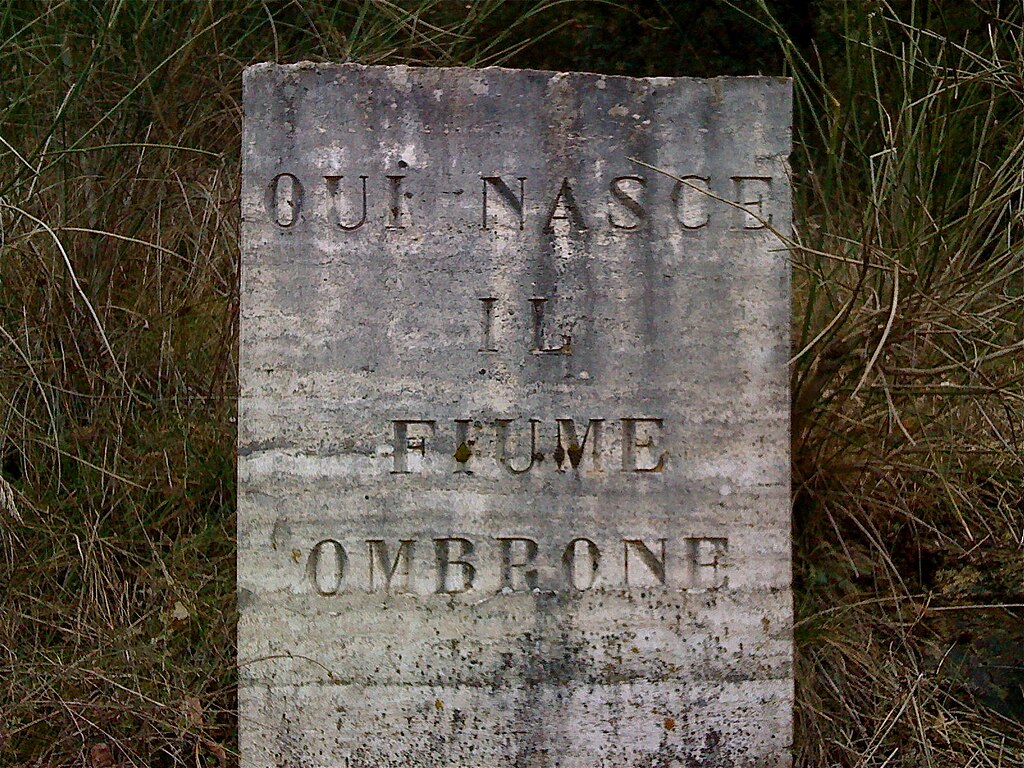The Ombrone, the biggest river of southern Tuscany, originates on the south east slope of Monti del Chianti near San Gusmè. The banks of the river are characterised by the presence of woods and thick vegetation; its flow is determined both by rain and its tributaries, which are the Arbia stream and the Merse river on the right side, and Orcia river and other more minor ones (such as the Melacce and Trasubbie streams on the left side.
The river finishes its 161-kilometre journey in the Tyrrhenian Sea with a wide delta that descends into the Natural Park of the Maremma. Currently, the mouth of the Ombrone is affected by a dire erosion process, which began in the second half of the nineteenth century after a century-long period of growth. The advancement of the sea is causing the infiltration of salt water into its water. This process began due to the reclamation works which employed a method that led to a reduction in the sediments deposited along the shore. This erosion is still continuing today, caused by the scarce solid transport of the river and also by the extraction of sediments from the channel itself. Near the river’s mouth, you’ll see a Hydraulic Booth and the San Paolo Water-scooping Machine, which bear witness to the reclamation work carried out in the Maremma during the first decades of the 20th Century.
|
|
|



